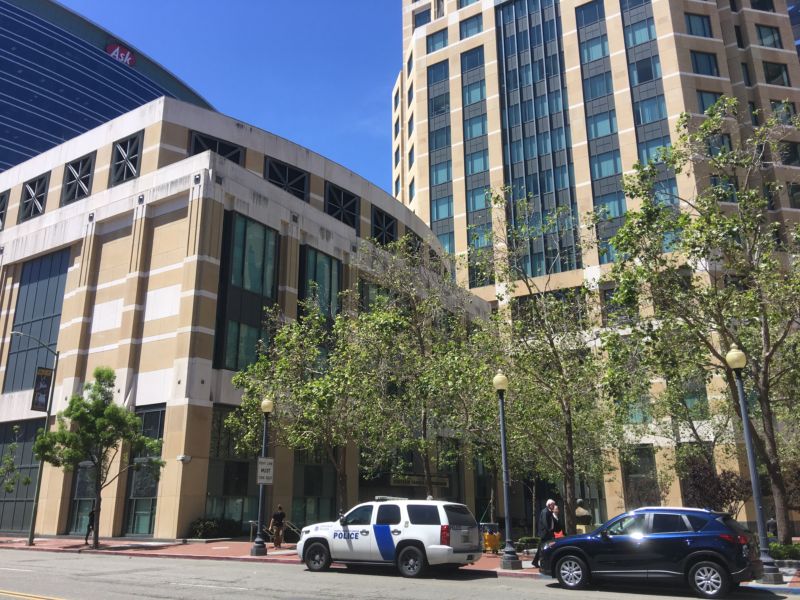
However, US Magistrate Judge Kandis Westmore left open the possibility for the petitioners to narrow their request and work with representatives from the Department of Justice to come up with a workable solution.
“That the court can figure out a way to comply with, we are certainly open to that,” Judge Westmore said toward the end of a Thursday hearing. “Right now... we don’t have a proposal in front of us that we can buy into. As currently stated, this is not something that the court can provide—it’s just too broad.”
The case sheds light on a strange catch-22 reality of the legal system: analyzing court orders is difficult if they remain sealed and unknown from the public. Plus, judges are generally unable to open materials sealed previously by their colleagues.
In re: Petition of Jennifer Granick and Riana Pfefferkorn to unseal technical-assistance orders and materials began last year, when the two Stanford University-affiliated lawyers sought to shed light on how the government conducts domestic snooping and exerts pressure on companies to aid federal efforts to thwart cryptography.
The attorneys, Jennifer Granick and Riana Pfefferkorn, asked the US District Court for the Northern District of California itself to unilaterally unseal all court documents “where there is no longer any need for secrecy, e.g., the criminal investigation has terminated, the surveillance order (including any delayed-notice order) has expired, or charges have been filed.”
As they concluded: “This pervasive sealing cripples public discussion of whether these judicial orders are lawful and appropriate.”
A major reason why Granick and Pfefferkorn petitioned this particular court is that this is the region where numerous major tech companies are based, including Twitter, Apple, Facebook, Google, and more.In a heavily redacted February court filing, the DOJ opposed Granick and Pfefferkorn’s efforts, largely arguing that there are privacy interests for people who are investigated but ultimately never charged with a crime. Even basic docket information, the DOJ argued, can contain personal information that should not be made public.
Granick is somewhat inspired by a similar filing that was made on behalf of journalist Jason Leopold back in 2013. His request, however, was made of the US District Court for the District of Columbia. A recent joint filing by both his lawyers and DOJ lawyers indicated that his request would take several hundred additional hours to fulfill.
But after nearly four years, “the parties have reached an impasse in their attempts to reach an agreement concerning an acceptable extraction process.” This is, essentially, because the government seems to indicate that fulfilling Leopold’s request will take too long to wholly fulfill.
The Eastern District of Virginia is believed to be the only court in the nation to have a separate publicly accessible electronic surveillance docket, although the DC Circuit is apparently amenable to creating one of its own.
Like in Leopold, Judge Westmore initially indicated that unsealing more than 4,400 docket sheets, or the basic information about each case, was not feasible largely due to it being such a large-scale task. However, after hearing arguments by Pfefferkorn and the DOJ’s lawyer, Laura-Kate Bernstein, the judge relented. A little.
“I can hold off on making an outright denial to allow the parties to engage in discussions and see if there can be a substantial narrowing and further exploring of what they want and what might be the methods of getting them that information,” she said.
“I’m interested in hearing a little bit more about how this is taking place in DC and what the government is doing there. There’s no point in reinventing the wheel, and if there is a process that is underway that might seem to be working—the court is open to looking at that. We want to try to provide the information to the extent possible because the public does have a qualified right to access.”
reader comments
26